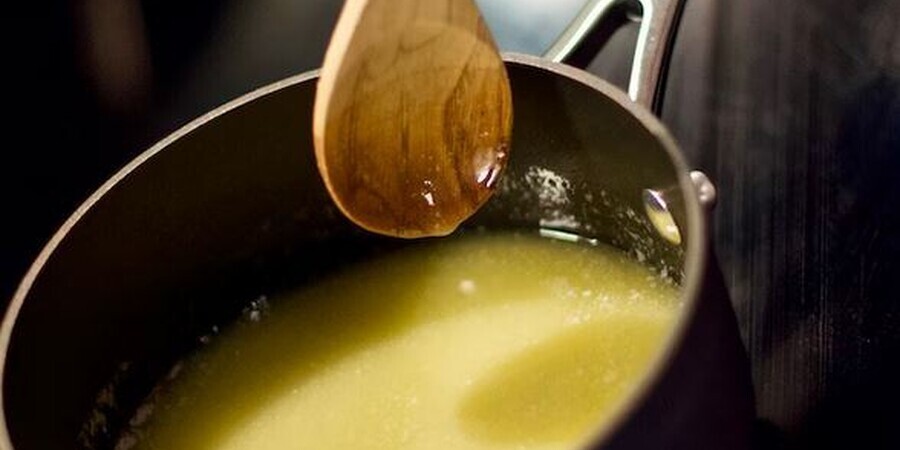Philadelphia, PA - Many believe European butter to be superior to its American counterpart due to its more decadent flavors, higher fat content, creamier texture, and unique production process; however, the extra cost may not justify these advantages if you only plan to use it for spreading on bread or adding flavorful touches when cooking or baking.
Difference Between European and American Butter
Even slight differences in butterfat content can enormously affect flavor and texture in dishes, with the USDA setting an 80 percent minimum butterfat requirement for American-style butter.
However, European-style butter must meet even stricter standards ranging from 82%-89% butterfat content depending on brand and product. The higher butterfat content helps create more decadent flavors, smoother textures, and vibrant yellow hues are more characteristic of American-style butter.
Grass-fed cows play an integral role in creating European-style butter, producing milk with more omega-3 fatty acids than grain-fed ones.
European-style butter tends to have superior nutritional values in butter consumption, as they contain less saturated fats - an advantage if you are watching your weight or seeking to prevent heart disease. They also contain a variety of vitamins and minerals.
One significant difference between European and American butter is that European-style butter is churned longer to increase the butterfat content and allow the product to ferment to create a lightly sour flavor. This extra churning results in the richer-tasting, yellow-colored butter you see in your grocery store dairy aisle.


